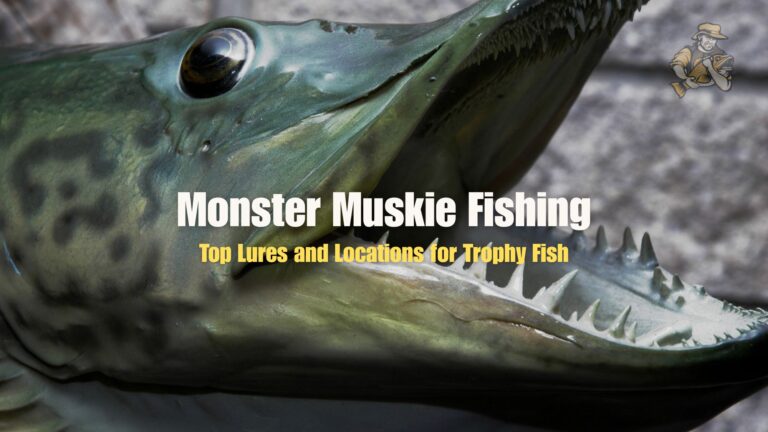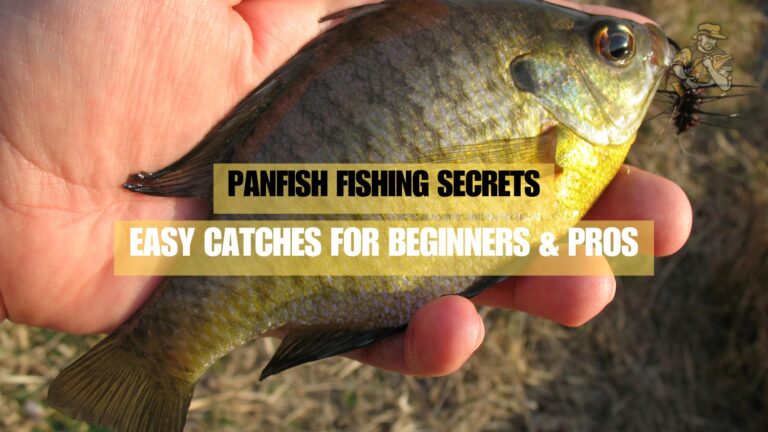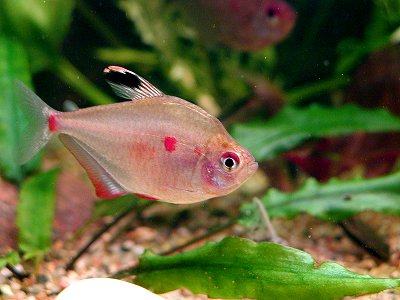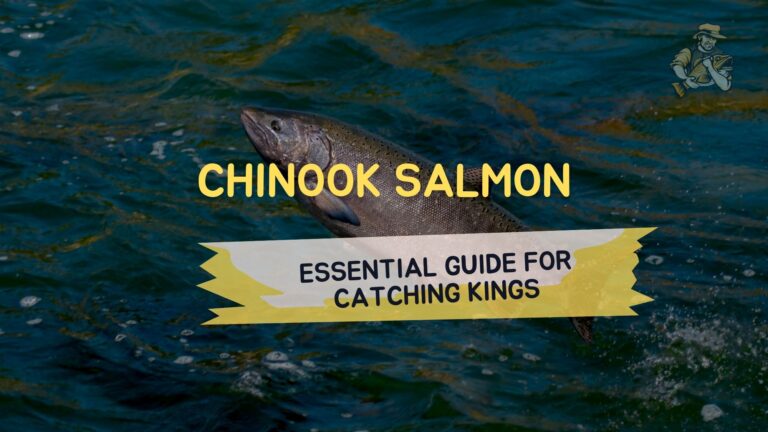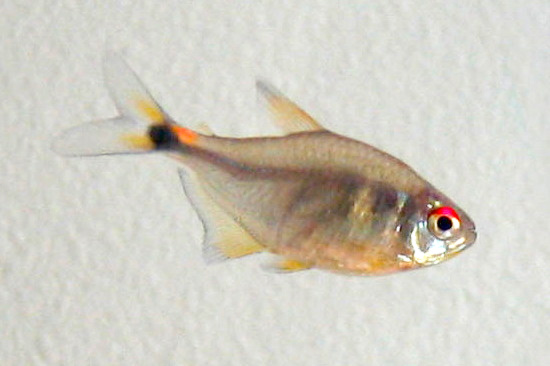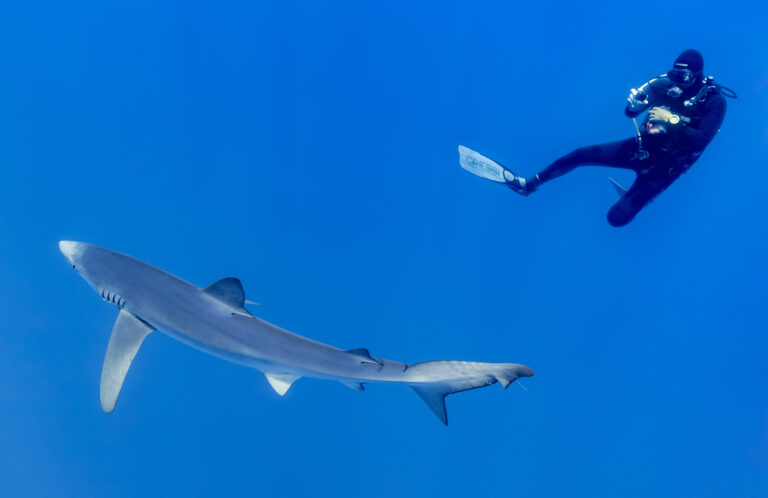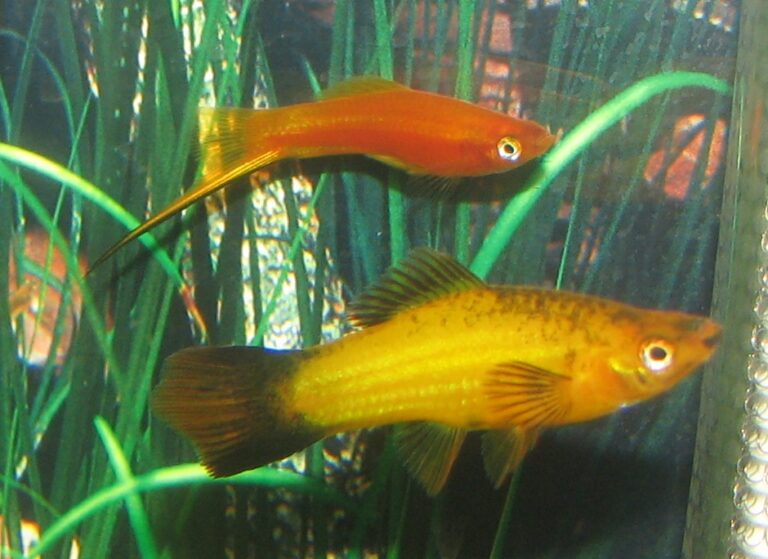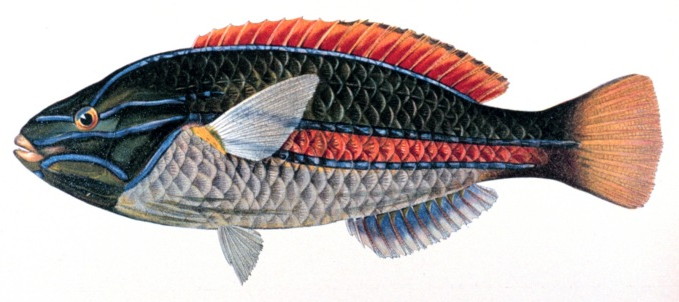How to Fish with Dry Flies: Beginner’s Guide to Surface Action
By Adam Hawthorne | Last Modified: April 27, 2025
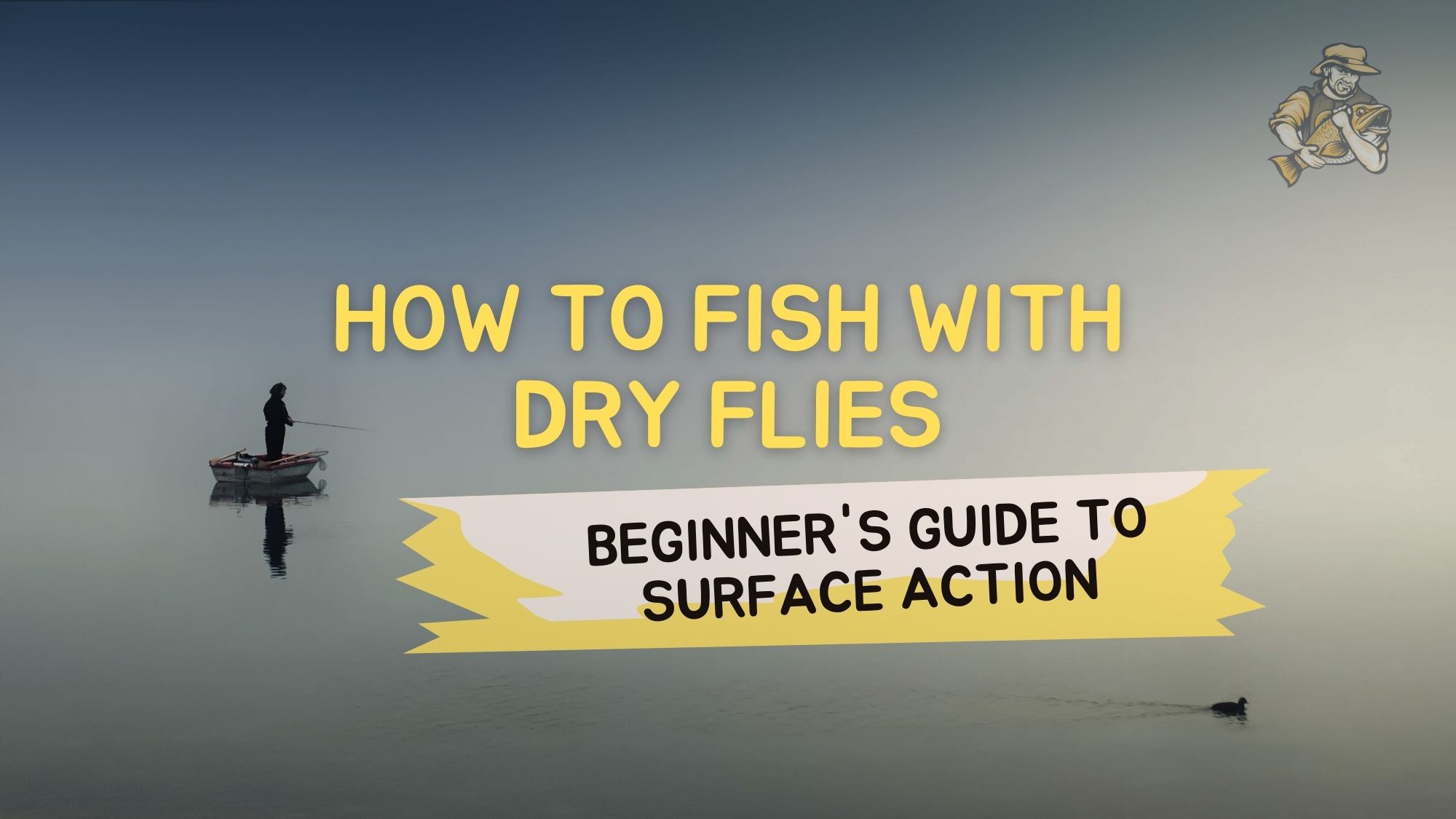
There’s something almost magical about watching a trout rise to sip your dry fly from the surface. I still remember my first successful dry fly catch on the Au Sable River – that moment when the water bulged slightly before the fish broke the surface to take my elk hair caddis. After 30+ years of fishing, dry fly fishing remains my favorite technique when conditions are right.
If you’re just getting started with fly fishing or looking to add dry fly techniques to your arsenal, you’ve picked one of the most visual and exciting methods to catch fish. Unlike nymphs or streamers that work below the surface, dry flies float and imitate adult insects that have emerged from the water – creating that perfect moment when a fish rises to meet your offering.
What Are Dry Flies and When to Use Them
Dry flies are artificial flies designed to float on the water’s surface, imitating either adult aquatic insects that have emerged from the water or terrestrial insects that have fallen in. They’re characterized by their lightweight materials, sparse tying style, and often feature special materials like deer hair, elk hair, or synthetic foams that trap air and enhance buoyancy.
The best conditions for dry fly fishing typically include:
- During active insect hatches (when you see fish rising)
- Lower, clearer water conditions
- Morning and evening hours (though this varies by season)
- When targeting surface-feeding species like trout, panfish, or smallmouth bass
- Summer months when terrestrial insects are abundant
I’ve found early mornings on the Michigan rivers near my home to be particularly productive for dry fly fishing, especially from May through September. The lighting isn’t great at dawn, but the fish seem much less spooky and more willing to rise.
One thing many beginners don’t realize is that dry fly fishing isn’t just a summertime technique. During winter midges hatches on tailwaters, you can sometimes find trout sipping tiny flies off the surface even in near-freezing temperatures. I learned this lesson on a December trip to the Pere Marquette River a few years back when I was shocked to see rising fish in 36-degree weather.
Essential Gear for Dry Fly Fishing
While you can technically fish dry flies with most fly fishing setups, certain gear configurations work better than others. Here’s what I recommend for beginners:
Rod and Line Selection
For most trout waters, a 9-foot 5-weight rod is the perfect all-around choice that will handle dry flies beautifully. If you’re primarily fishing small streams with smaller fish, you might enjoy a lighter 3 or 4-weight rod, which will make even modest-sized fish feel substantial.
Line selection is crucial for dry fly success. You’ll want:
- A weight-forward floating line
- A 9-foot tapered leader (usually 4X-6X depending on fly size)
- Tippet material to extend your leader when needed
I started with an old Orvis Clearwater rod that served me well for years, but there are plenty of quality budget options from brands like Echo, Redington, and TFO that won’t break the bank.
For leader and tippet, I generally follow this rule of thumb: match the tippet size to the fly size. For example:
- Size 10-12 flies: 4X tippet
- Size 14-16 flies: 5X tippet
- Size 18-22 flies: 6X tippet
Some people get way more technical with this, but this system has worked fine for me across most fishing situations.
Essential Accessories
Beyond the basic rod, reel, and line setup, a few accessories make dry fly fishing much more effective:
- Floatant/dry fly dressing – Keeps your flies riding high on the surface
- Dry shake – Powder that helps rejuvenate waterlogged flies
- Small line clippers – For trimming tippet
- Forceps/hemostats – For hook removal and pinching down barbs
- A good fly box – With compartments to organize different patterns
One item that transformed my dry fly fishing was a good pair of polarized sunglasses. Being able to spot fish and see your fly on the water makes a massive difference. I went years squinting at the water before finally investing in quality glasses – don’t make the same mistake!
Must-Have Dry Fly Patterns for Beginners
When I first started fly fishing, I remember being overwhelmed by the seemingly endless fly patterns available. The wall of bins at the fly shop was intimidating! But over time, I’ve found that you really only need a handful of proven patterns to catch fish consistently.
For someone just starting with dry flies, I’d recommend these versatile patterns:
- Parachute Adams (sizes 12-18) – Perhaps the most versatile dry fly ever created
- Elk Hair Caddis (sizes 12-16) – Imitates adult caddisflies and works as an attractor
- Royal Wulff (sizes 12-16) – A high-floating attractor pattern
- Blue Winged Olive (sizes 16-20) – For matching common mayfly hatches
- Griffith’s Gnat (sizes 18-22) – For midge hatches and all-purpose small-fly situations
These five patterns will cover most trout fishing situations you’ll encounter. The guys at the West Branch Angler shop introduced me to the Parachute Adams years ago, and it remains my confidence fly when nothing else seems to be working.
If you’re fishing during summer in areas with lots of streamside vegetation, adding these terrestrial patterns can be deadly:
- Foam Ant (sizes 12-16)
- Hopper Pattern (sizes 8-12)
- Beetle Imitation (sizes 12-16)
I’ve had some of my most memorable dry fly fishing days using terrestrials, especially in August when my son Tommy and I fish hoppers along grassy banks. The savage strikes from large trout absolutely hooked him on fly fishing.
Mastering the Basic Dry Fly Presentation
Getting your dry fly to float naturally on the water is the key to success. Here’s my approach to mastering the basics:
The Fundamental Cast
The goal with dry fly casting is to present the fly delicately while maintaining enough line control to eliminate drag (when your fly moves unnaturally due to currents). A few key points:
- Cast upstream of your target and allow the fly to drift naturally toward the fish
- Use a reach cast to position your line properly in relation to different currents
- Make your final forward cast stop high, allowing the leader to unfurl and place the fly gently
When I teach beginners, I always emphasize that accuracy matters more than distance. A short, accurate cast will almost always outfish a long, sloppy one. Focus on placing your fly about 2-3 feet upstream of where you think a fish is holding.
Reading the Water
Knowing where fish are likely to be feeding is half the battle with dry fly fishing. Look for:
- Seams where fast and slow currents meet
- Eddies behind rocks or other structures
- Calm pockets within faster water
- The edges of riffles
- Deep pools, especially at the head or tail
One often-overlooked spot is right along undercut banks. Some of my largest trout have come from casting within inches of a grassy bank where big browns often hide.
The Perfect Drift
A natural drift is absolutely essential for dry fly success. Here’s how to achieve it:
- Cast upstream of your target area
- Immediately throw a small downstream mend if needed to prevent drag
- Keep your rod tip up, following the fly as it drifts
- Be ready to set the hook with a gentle lift of the rod when a fish takes
Common mistakes include:
- Not mending your line properly (or at all)
- Letting your fly drag unnaturally across current seams
- Not following your fly with your rod tip during the drift
- Setting the hook too aggressively (resulting in broken tippets)
I learned the hard way about aggressive hook sets when I lost a monster brown trout on the Pere Marquette. After that heartbreak, I switched to a more gentle “lift” to set hooks on larger fish, and my landing percentage improved dramatically.
Reading Rises and Knowing When to Strike
This is where dry fly fishing gets really interesting – and sometimes frustrating! Different fish rise in different ways, and learning to “read” rises will help you determine:
- What kind of insect the fish is feeding on
- How committed the fish is to surface feeding
- When to time your hook set
Generally speaking, there are a few common rise forms:
- Sipping rises: Subtle, gentle rises where you might just see a fish’s nose or a small ring on the water. Often indicates fish feeding on small insects like midges or small mayflies.
- Splashy rises: More aggressive takes, often indicating fish feeding on active insects like caddisflies.
- Bulging rises: When you see the water bulge but the fish doesn’t break the surface. This often means the fish is taking emerging insects just below the surface.
Timing your hook set can be tricky. The classic advice of “wait until you feel the fish” doesn’t really apply to dry fly fishing. Instead, watch your fly carefully and set the hook when you see it disappear or when you see the fish’s mouth. A slight delay of about half a second often helps, but this comes with practice.
I missed countless fish when I first started because I was either setting too early (yanking the fly away from the fish) or too late (after the fish had already rejected the artificial fly). Finding that sweet spot takes time on the water.
Common Dry Fly Fishing Challenges
Even experienced anglers face challenges with dry fly fishing. Here are some common issues and how to solve them:
When Your Fly Won’t Float
A waterlogged fly is incredibly frustrating. Here’s how to deal with it:
- First, try false casting several times to “whip” water off the fly
- If that doesn’t work, apply dry shake powder to absorb moisture
- After drying, apply fresh floatant
I always carry two types of floatant – a gel version for fresh flies and a powdered desiccant for rejuvenating wet flies. This one-two punch keeps my flies riding high even during lengthy fishing sessions.
When Fish Are Rising But Not to Your Fly
This common scenario has several potential solutions:
- Change your fly size – Often going smaller will work
- Try a different pattern that better matches what’s hatching
- Check your tippet size – You might need to go finer
- Improve your presentation – Focus on getting a drag-free drift
I once spent two hours watching fish rise all around my fly on Barnwell Lake without a single take. Finally, I switched from a size 14 Adams to a size 18 midge pattern, and immediately started catching fish. Sometimes it’s just about having the right tool for the job.
Dealing with Wind
Wind is the dry fly angler’s nemesis. Some strategies that help:
- Use heavier tippet (go up one size from what you’d normally use)
- Choose more wind-resistant fly patterns (like hair-wing patterns)
- Cast sidearm, keeping your loops below the worst of the wind
- Position yourself so you’re casting with the wind when possible
There’s a great discussion on the Michigan Fly Fishing Club forum about techniques specifically for dry fly fishing in windy conditions. Their members share some clever tactics that have saved many fishing trips.
Matching the Hatch vs. Attractor Patterns
One debate that never ends in fly fishing circles is whether to focus on precisely matching the specific insects on the water (“matching the hatch”) or using general attractor patterns that might not imitate anything specific but simply look like food.
My experience suggests a middle path works best for most anglers:
- If fish are actively rising and feeding selectively, take time to identify what they’re eating and match it as closely as possible
- When no obvious hatch is occurring, start with attractor patterns that have proven effective in that water
- Always carry both specific imitative patterns and general attractors
I usually start with an attractor pattern like a Royal Wulff or Stimulator unless I see fish actively rising. If they’re rising but ignoring my attractor, then I’ll switch to something more imitative that matches what I see on the water.
The boys at Rocky Mountain Outfitters have written extensively about the balance between matching hatches and using attractor patterns. They make a compelling case for using attractor patterns more often than many purists might suggest.
Advanced Techniques to Try as You Improve
Once you’ve mastered the basics, these techniques can take your dry fly fishing to the next level:
The Dry-Dropper Rig
This involves fishing a dry fly with a small nymph suspended below it, giving you the best of both worlds.
- Tie on your dry fly as normal
- Attach 12-24 inches of tippet to the bend of the dry fly hook
- Tie a small nymph to the end of this dropper tippet
This setup lets you fish two likely depths at once and uses the dry fly as both a potential fish-catcher and a strike indicator for the nymph. I’ve found this particularly effective when fish seem interested in my dry fly but won’t quite commit to it.
Dry Fly Fishing in Challenging Light
Fishing dry flies at dusk or dawn can be incredibly productive but presents the challenge of seeing your fly. Some solutions:
- Use flies with white or bright posts (like parachute patterns)
- Add a small piece of high-visibility material to your fly
- Focus on the area where your fly should be rather than trying to spot the fly itself
- Listen for rises when you can’t see well
Last season on the Upper Manistee, I had an incredible evening session where I could barely see my fly but could hear fish taking it. Sometimes you have to fish by ear!
Upstream Dry Fly Techniques
For spooky fish in clear water, try:
- Position yourself downstream of your target
- Make a longer cast than usual to maintain distance
- Use a reach cast to position your line properly
- Keep as much line off the water as possible
This approach works wonders on pressured fish that have seen too many standard presentations. I’ve salvaged many trips to heavily-fished sections of the Pere Marquette using these tactics when standard approaches failed.
Seasonal Dry Fly Strategies
Different seasons call for different approaches to dry fly fishing:
Spring
Spring offers some of the year’s best hatches, particularly mayflies:
- Focus on Blue Winged Olives and early caddis hatches
- Fish during the warmest part of the day when insects are most active
- Be prepared for variable water conditions and potential high water
Summer
Summer brings terrestrial season and evening hatches:
- Try ants, beetles, and hoppers during the day, especially with a breeze
- Look for evening caddis or spinner falls near dusk
- Fish early mornings and late evenings to avoid the heat
- Pay attention to water temperatures – switch to other methods if water temps exceed 67°F to avoid stressing trout
The team at Northern Michigan Fly Fishing has a great seasonal hatch chart specifically for our region that I reference constantly through the summer months.
Fall
Fall can offer incredible dry fly fishing:
- Blue Winged Olives often return in force
- Terrestrials remain effective until the first hard frosts
- Fish may be more aggressive as they prepare for winter
- Be ready for fall spawning activities that can change fish behavior
Winter
Yes, you can dry fly fish in winter under the right conditions:
- Focus on midday fishing when air temperatures are highest
- Look for midge hatches on warmer days
- Use very small patterns (sizes 20-24)
- Slow down and fish more methodically
I never expected to catch fish on dry flies in December, but midges can hatch year-round on tailwaters with stable temperatures. My first winter dry fly experience changed how I think about the “off-season.”
Keeping Your Flies in Good Condition
Dry flies represent a significant investment, and proper care extends their life:
- Always dry flies thoroughly before storing them
- Use a fly box with slotted foam to avoid crushing delicate hackles
- Consider a box with magnetic closures to reduce accidental openings
- Repair damaged flies with a small application of head cement
- Trim any frayed hackle fibers
I learned an expensive lesson when I left a box of damp flies closed in a hot car – the resulting mildew ruined about $75 worth of patterns. Now I always make sure everything’s bone dry before closing up shop.
FAQ About Dry Fly Fishing
What’s the difference between a dry fly and a wet fly?
Dry flies are designed to float on the water’s surface, imitating adult aquatic insects or terrestrials that have fallen in. They’re typically tied with buoyant materials like deer hair, elk hair, or foam. Wet flies, by contrast, are meant to be fished below the surface and imitate swimming insects, small baitfish, or subsurface stages of aquatic insects.
What time of day is best for dry fly fishing?
While this varies by season and location, generally the prime times are early morning and late evening when many insect hatches occur. During summer, terrestrial patterns can be effective throughout the day, especially on windy days when insects are blown onto the water.
Do I need special equipment for dry fly fishing?
While special equipment isn’t absolutely necessary, certain gear makes dry fly fishing more effective. A weight-forward floating line is essential, along with a long, tapered leader (9+ feet). Fly floatant is crucial for keeping your flies riding high on the surface. Most important is a rod with a relatively soft tip that will protect light tippets when fighting fish.
How do I know which dry fly to use?
The best approach is to observe what insects are on the water and try to match them in size, shape, and color. Look for insects on the surface or in streamside vegetation. If you’re unsure, start with versatile patterns like the Parachute Adams, Elk Hair Caddis, or Royal Wulff in sizes 14-16, which imitate a wide range of natural insects.
What’s the biggest mistake beginners make with dry flies?
The number one mistake is allowing the fly to drag unnaturally across the water surface. This happens when your line is affected by different current speeds, pulling your fly faster or slower than the natural current. Learning to mend your line properly and achieve a drag-free drift is the most important skill in dry fly fishing.
Can I use dry flies in lakes and ponds?
Absolutely! While rivers and streams are the traditional setting for dry fly fishing, lakes and ponds can offer excellent opportunities, especially during insect hatches or when terrestrials are active. On still water, the presentation is different – focus on gentle casts and subtle twitches to imitate struggling insects instead of managing a drift.
Final Thoughts on Dry Fly Fishing
Dry fly fishing represents what many consider the purest form of the sport. There’s simply nothing like watching a fish rise to your fly – it creates a connection to the natural world that few other fishing methods can match.
As you gain experience, you’ll develop your own preferences and techniques. The learning curve might seem steep at first, but each success builds confidence and skill. Remember that even those of us who’ve been doing this for decades still get skunked sometimes – that’s just part of the adventure.
Start with the basics covered here, invest in a few quality flies and the right simple gear, and focus on your presentation. A well-presented mediocre fly will almost always outfish a poorly-presented perfect imitation.
Most importantly, enjoy the process. Dry fly fishing isn’t just about catching fish – it’s about developing a relationship with the water, the insects, and the fish themselves. It’s about standing in a beautiful river at dawn, watching the light change and waiting for that magical moment when a trout decides your offering is the real deal.
The surface take awaits – get out there and experience it for yourself!

Meet Adam Hawthorne
I’m a lifelong fishing enthusiast who’s spent years exploring rivers, lakes, and oceans with a rod in hand. At Fishing Titan, I share hands-on tips, honest gear reviews, and everything I’ve learned about fish and ocean life, so you can fish smarter and enjoy every cast.
Share:

Meet Adam Hawthorne
I’m a lifelong fishing enthusiast who’s spent years exploring rivers, lakes, and oceans with a rod in hand. At Fishing Titan, I share hands-on tips, honest gear reviews, and everything I’ve learned about fish and ocean life, so you can fish smarter and enjoy every cast.
Related Articles
-
Monster Muskie Fishing: Top Lures and Locations for Trophy Fish
There’s nothing – and I mean absolutely nothing – that compares to the heart-stopping moment when a monster muskie follows your lure. That elongated silhouette…
-
15 Panfish Fishing Secrets: Easy Catches for Beginners & Pros
You know what’s funny about panfish? These little fighters have probably hooked more new anglers than any other species, yet I still see experienced fishermen…
-
Bleeding Heart Tetra
The Bleeding Heart Tetra represents one of the most distinctive and peaceful freshwater fish species in the aquarium trade, captivating enthusiasts with its characteristic bright…
-
Chinook Salmon: Essential Guide for Catching Kings
There’s something almost magical about the moment when a Chinook salmon takes your lure. That heart-stopping tug, followed by a run that can strip yards…
Fish Species
-
Head and Tail Light Tetra
The Head and Tail Light Tetra (*Hemigrammus ocellifer*) stands as one of South America’s most distinctive characin species, instantly recognizable by the luminous spots that…
-
Blue Shark
The Blue Shark (Prionace glauca) represents one of the ocean’s most accomplished travelers, traversing entire ocean basins in epic migrations that span thousands of miles….
-
Swordtail Fish
The Swordtail Fish (Xiphophorus hellerii) stands as one of the most recognizable and beloved species in the aquarium trade, distinguished by its vibrant coloration and…
-
Rainbowfish
Rainbowfish represent one of the most visually striking and ecologically significant groups of freshwater fish found across Australia, New Guinea, and Indonesia. These vibrant schooling…

